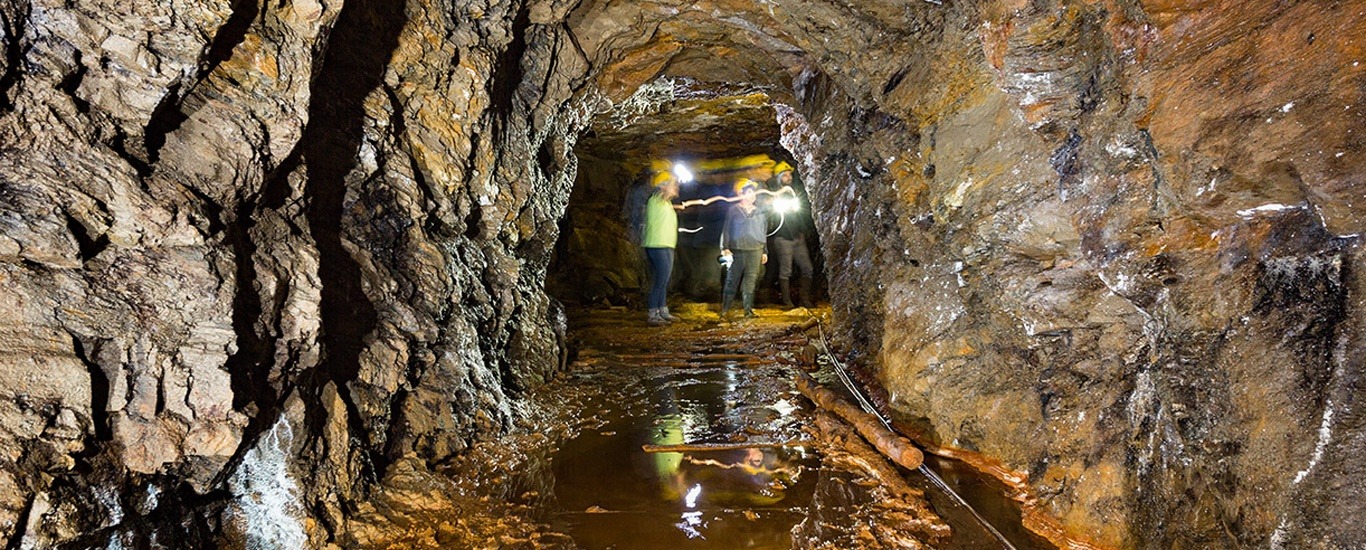Coast of Loiba
This sector, where the famous bench is located, is characterised by a large number of very attractive coastal forms, such as the rocky arches of Pena Furada and O Coitelo, or the tombolos on the beaches of A Ribeira, O Carro and A Fábrega. On the latter beach, we can find the remains of an … Read more










